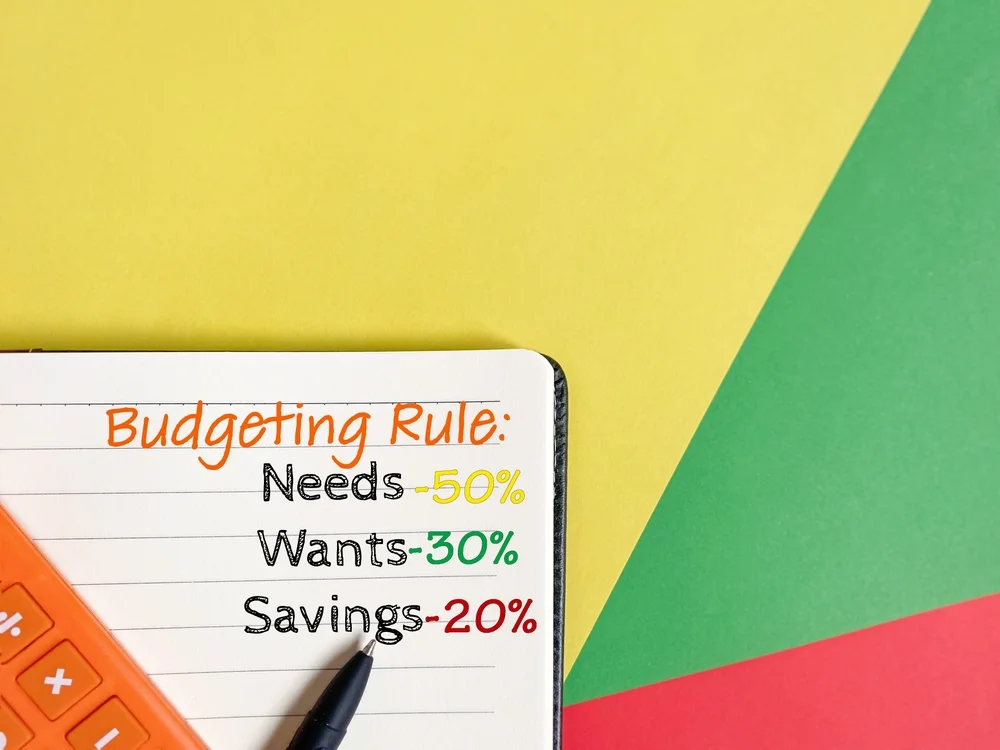Budget Allocation: A Comprehensive Guide
The foundation of financial success is definitely budget allocation. It encourages long-term stability and helps both people and companies properly manage resources, therefore preventing overspending. Whether your budget is for everyday needs, savings, or more ambitious financial goals, careful budgeting guarantees every dollar has a use. This book explores the ideas and techniques underlying sensible budgeting technique “Budget Allocation” to enable your financial path.
Understanding Budget Allocation
What is Budget Allocation?
Budget allocation is the process of separating money into particular categories for planned expenditure and savings. It guarantees that resources go toward priorities, so preventing unnecessary spending. In personal finance, this could comprise needs like rent and food, discretionary spending, and savings. For businesses, budget allocation entails giving funding to departments or projects to maximize efficiency.
Why Budget Allocation Matters
- Maximizing Financial Resources: Budgeting helps you to maximize the use of the resources at hand. Every dollar has a specific use that lessens waste’s possibility.
- Preventing Overspending and Debt: A well-organized budget guarantees you live within your means and helps you control impulsive buying, therefore lowering your debt risk.
- Aligning Spending with Goals: Budget allocation links expenditure to either personal or organizational goals, therefore guaranteeing that every expenditure supports overall goals.

Steps to Effective Budget Allocation
Assessing Income and Expenses
Calculating Monthly or Annual Income
Find your entire income from all sources. For each person, list revenue from freelancing, wages, or passive sources. Companies should factor in sales less discounts or returns.
Identifying Fixed and Variable Expenses
Like insurance or rent, fixed expenses never change. Variables like utilities or dining out change. Sort these to learn about expenditure trends.
Setting Financial Goals
Short-Term vs. Long-Term Goals
While long-term goals could be on retiring or purchasing a house, short-term goals might be preparing for a vacation or an emergency fund.
SMART Goal-Setting for Financial Success
Establish specifically measurable, attainable, relevant, time-bound goals. For a car within 12 months, for instance, “Save $5,000 offers clarity and inspiration”.
Categorizing Expenses
Essentials (Housing, Utilities, Food)
These are fixed costs not subject to negotiation. Make sure your budget gives them top priority so daily living is not disrupted.
Savings and Investments
Set aside money for retirement accounts, an emergency fund, or other investments to guard your financial future.
Discretionary Spending
This covers non-essential purchases include entertainment, hobbies, or dining out. Though vital for quality of life, these should be restricted to prevent overspending.
Determining Allocation Percentages
50/30/20 Rule: A Simple Guideline
This well-liked approach allocates income for savings at 20%, for discretionary spending at 30%, and for basics at 50%. For most cases, it offers a reasonable strategy.
Customizing Percentages Based on Individual Needs
Match the percentages to your own situation. While a growing family may give top priority to basics, high debt levels may call for more toward payback.

Techniques to Optimize Budget Allocation
- Zero-Based Budgeting: Spend every dollar for a designated use to guarantee no unanticipated expenses. Time-consuming, it offers unparalleled control and clarity.
- Benefits and Challenges: Zero-based budgets provide exact control but demand thorough tracking and frequent changes.
- Envelope System: For things like groceries or leisure, this cash-based approach assigns actual envelopes. Spending cuts off when an envelope is empty.
How to Implement This Technique
Sort the budgeted money into labeled envelopes. This physical tool improves discipline.
Pay-Yourself-First Strategy
Set aside money from your salary before spending on other areas to give savings first priority. This creates financial safety and riches.
Building Wealth with This Method
Automate movements to investments or savings accounts to guarantee consistency free from human involvement.
Automation in Budget Allocation
- Using Apps and Tools for Seamless Budgeting: Apps that simplify budget management track expenditures, classify expenses, and automatically save money like Mint or YNAB.
- Examples of Automation for Savings and Bill Payments: Plan automated transfers for regular bills or savings contributions to guarantee goal progress and prevent late penalties.

Common Mistakes in Budget Allocation
Ignoring Irregular Expenses
- Planning for Annual or Seasonal Costs: Unchecked, expenses like insurance payments or Christmas shopping could throw off your budget. Set aside some money specifically for such expenses.
- Creating a Buffer for Unexpected Expenses: Save five to ten percent of your salary for a crisis. This helps to avoid financial stress should unexpected situations occur.
Overlooking Savings
- The Risk of Prioritizing Immediate Needs Over Future Goals: Ignoring the need to save results in lost possibilities and exposure to disaster. Start modest then raise over time.
- Strategies to Make Savings a Priority: Automate savings to treat it like a non-negotiable bill and cut the urge of expenditure.
Lack of Regular Reviews
- Importance of Revisiting and Adjusting Your Budget: Situation shift. Review your budget often to match your goals, spending, and income right now.
- How to Conduct Periodic Financial Reviews: Monthly check-ins guarantee that your budget is still working. Review historical performance and change allocation as necessary.
Budget Allocation for Different Life Stages
Students and Young Adults
- Managing Limited Income: Though on a limited budget, concentrate on needs and set aside a small sum for savings.
- Balancing Education, Savings, and Leisure: Cover leisure expenses with a part-time work; then, commit grants or scholarships to help with school fees.
Families and Working Professionals
- Allocating for Household Expenses: Budget for recurrent costs like groceries, childcare, and utilities. Include a cushion for unanticipated family requirements.
- Planning for Children’s Education and Family Goals: Early on, start saving for education via 529 plans or other comparable investing tools.
Retirees
- Managing Fixed Income Effectively: Sort your basic needs including healthcare first. For consistent income, use annuities or retirement savings.
- Allocating for Healthcare and Leisure: Plan for leisure activities and consistent medical expenses to preserve retirement quality of life.

Real-Life Examples of Successful Budget Allocation
- Saving for a Home: Over three years, a family set aside thirty percent of their income for a house fund, meeting their objective debt-free.
- Paying Off Debt: Using the snowball approach, someone allocated extra money to pay off smaller debt initially, then gained momentum to handle more major debt.
Tools and Resources for Budget Allocation
- Best Apps for Budget Allocation: Apps such as Goodbudget and PocketGuard streamline monitoring and offer analysis of spending trends.
- Spreadsheets and Templates: For individuals who would rather hand-track, customized spreadsheets provide flexibility and thorough analysis.
- Financial Planning Advisors: See a specialist for customised guidance on difficult financial circumstances.
Conclusion
One very effective method for reaching financial success is budget allocation. Understanding your income, expenses, and objectives will help you to design a strategy fit for your situation. Whether your goals are debt reduction, dream saving, or retirement planning, good budgeting offers confidence in your financial future.
FAQs
- What is the best rule for budget allocation? Popular beginning point is the 50/30/20 guideline, but adapt it to fit your situation.
- How often should I review my budget allocation? Monthly reviews guarantee that your budget fits the new conditions.
- Can I allocate a budget with irregular income? For stability, indeed, base allocations on your lowest predicted income.
- What tools help with budget allocation? Great help comes from apps including Mint, YNAB, and spreadsheets.
- How do I balance savings and expenses effectively? To keep balance, automate savings and rank critical spending.



